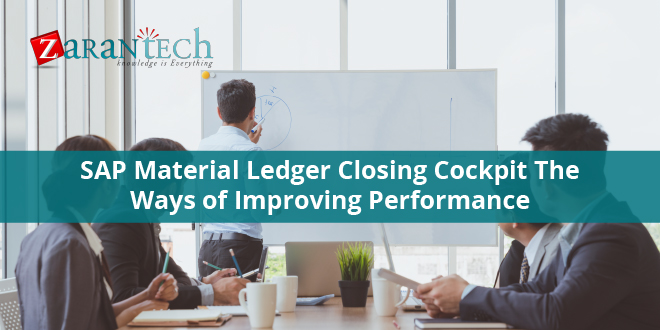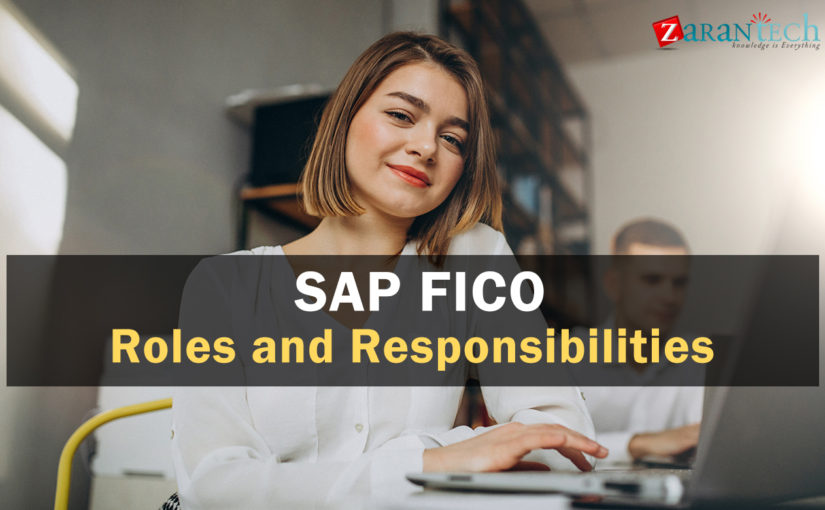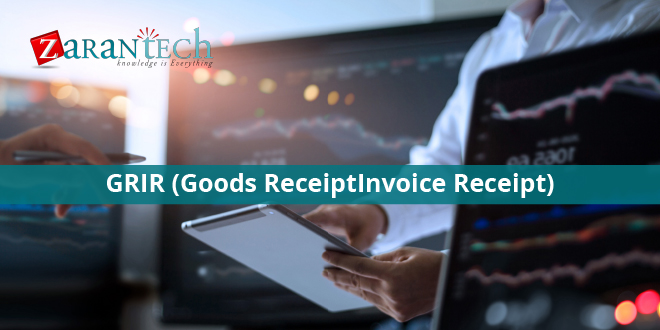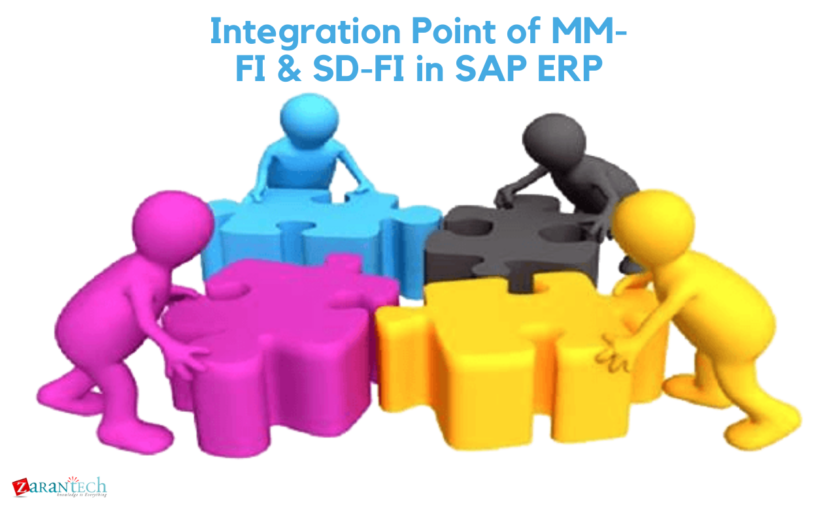SAP Material Ledger Closing Cockpit: The Ways of Improving Performance
Category: SAP FICO Posted:Jun 19, 2020 By: Robert
Lots of SAP installations experience long run-times during Material Ledger close. This article describes a function that can assist expedite Material Ledger close.
Understanding how much a product cost is important for determining actual profitability. Yet most decisions are based on the standard cost of the product, given that it is not constantly simple to obtain an exact image of the actual cost. Actual costing functionality provided by the Material Ledger component of SAP Managing bridges this gap. It provides the capability to catch actual costs by tracking differences at the material (product) level. This section provides an overview of actual costing in SAP Material Ledger.
Actual Costing With Material Ledger
SAP Material Ledger inventory valuation includes the following:
- Accumulating actual data during the month.
- Determining price: single-level and multi-level prices are determined based on the type of transactions performed.
- Calculating periodic unit prices at the end of the month.
SAP Material Ledger collects material movement data throughout the month and tracks which products were used for the production of particular goods in production/process orders.
The SAP Materials Management module (in combination with the FI module) tracks goods movements and their values at a common price, while the SAP Material Ledger tracks goods activity worth at standard costs. In other words, SAP Material Ledger can be considered about the second set of books where each material has a record of all goods activities for the actual valuation.
Material Ledger Closing Cockpit
You run SAP Material Ledger closing cockpit monthly to execute actual costing utilizing transaction code CKMLCP. The menu path is as follows: Accounting– Controlling – Product Cost Controlling – Actual Costing/Material Ledger – Actual Costing – CKMLCP- Edit Costing Run.
The first step is to create a costing run and assign related plants. After choosing plant( s), the Material Ledger closing cockpit requires numerous steps as shown in the below Figure.
CKMLCP– SAP Material Ledger closing cockpit process steps
1. Selection: all materials for the provided plants are selected.
2. Sequence Determination: the series of costing is established, starting with the lowest level material and going all the way up to the highest-level material and goods activities.
3. Single-Level Price Determination: prices are calculated for each material.
4. Multi-Level Price Determination: prices are calculated for the whole production stream.
5. Revaluation of Consumption: adjustment posting of actual costs at month-end, where all variations are moved to the receiving object (which can be a material, cost center, internal order, GL Account, and so on, depending on where the original consumption occurred).
6. Post-Closing: all calculations performed in prior steps are posted throughout this step.
a. Multi-level price differences are moved to the next level.
b. Revaluation of consumption is posted to cost objects.
c. Stock is revalued in FI for the period being closed.
7. Mark Material Prices: this step is optional. A company might make a decision not to use the periodic unit price as a standard for the upcoming month. If so, this step is skipped, and the system utilizes the standard price for goods activities and revalues at the periodic unit price only at month-end.
Go through our Top 16 SAP FICO Interview Questions to crack the Interviews.
Performance Improvement With Parallel Processing
Large run times and low system efficiency may become the norm, given that material Ledger processes large amounts of data in the closing cockpit. Parallel processing can be used to address this performance concern.
As shown in the below Figure, there is an option to run Material Ledger close steps on several servers at the same time.
This feature is commonly referred to as parallel processing. You can see at the bottom of the screen, server group parallel_generators have been selected, with the additional selection of the maximum number of parallel processes as 10. This means that, rather than the usual single server, this job will be executed in parallel on 10 servers. This indicates there could be a significant (at times, 85-90 percent) efficiency improvement for this job.
The parallel processing setup requires collaboration with the BASIS team in your organization.
Bottomline
The SAP Materials Management module tracks goods movements and their values at a common price, while the SAP Material Journal tracks goods activity worth at standard costs. In other words, SAP Material Ledger can be considered about the second set of books where each material has a record of all goods activities for the actual valuation.
If you are planning to boost your skills, choose our best online training platform, and learn from industry experts. So what are you waiting for? Visit Zarantech, to skyrocket your career with the unique learning needs because Learning Never Exhausts The Mind.
Check out this insightful video on SAP FICO Tutorial for Beginners:





 99999999 (Toll Free)
99999999 (Toll Free)  +91 9999999
+91 9999999